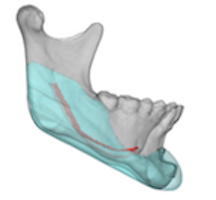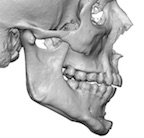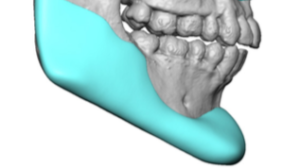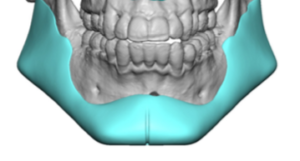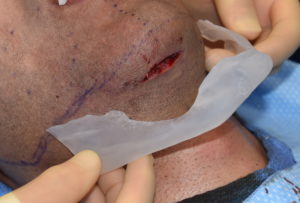Background: The original aesthetic lower facial reshaping procedure is chin augmentation. Whether it was done with an implant or a sliding genioplasty, this was the first skeletal facial augmentation procedure (excluding the nose) that changed the basic structure of the face. Whether done in isolation typically in younger patients or combined with facial rejuvenation (e.g., facelift) procedures in older patients, it has served as a foundational plastic surgery procedure that is widely known and performed.
As an extension of augmentation of the front part of the jaw, it naturally led to efforts at augmentation of the back of the jaw (jaw angles) as a more complete jawline enhancement effect. Jaw angle implants have been around for several decades but their implementation and use is dramatically different from chin implants. As common as chin implants are, jaw angle implants are far less performed for a variety of reasons. Patient demand is less, they are technically more challenging to perform, and the comfort zone of most plastic surgeons is far lower with them. But with new jaw angle implant designs and more educational opportunities available both them, both demand and surgeon familiarity is increasing.
Because of increasing patient demand and awareness, an overall jawline or lower facial reshaping change is becoming requested. To no surprise many chin deficiencies are associated with overall structural jaw weakness. Not infrequently the more complete jawline effect is sought by someone who has already had a chin augmentation procedure. Whether it be a chin implant or sliding genioplasty they have seen the initial benefits, or are desiring even further benefits over what they have initially achieved, and now seek a more complete jaw augmentation. Whether it is inadvertent or were using the chin augmentation as an initial foray into aesthetic surgery, they are now ready to ‘graduate’ into the full lower facial reshaping benefits.
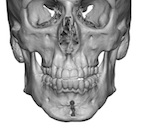
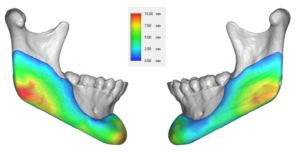
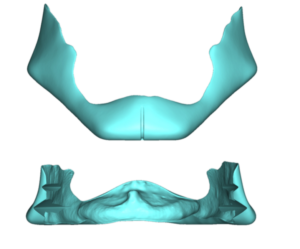
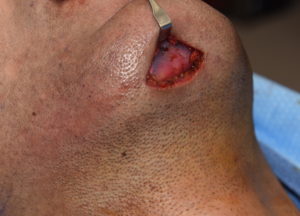
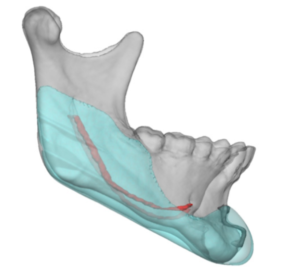
Case Highlights:
1) Some form of chin augmentation, such as a sliding genioplasty, is often an unknown first step towards a custom jawline implant.
2) The changes created by the initial sliding genioplasty provides invaluable insight into how to design 1/3 of the custom jawline implant.
3) The sliding genioplasty plate can often be used as an implant positioning guide for the overlay jawline implant in the chin area.
Dr. Barry Eppley
Indianapolis, Indiana

